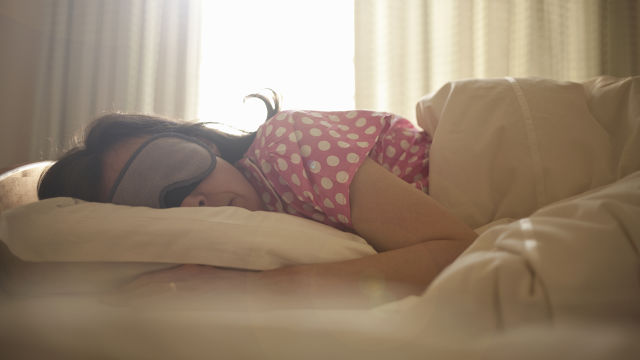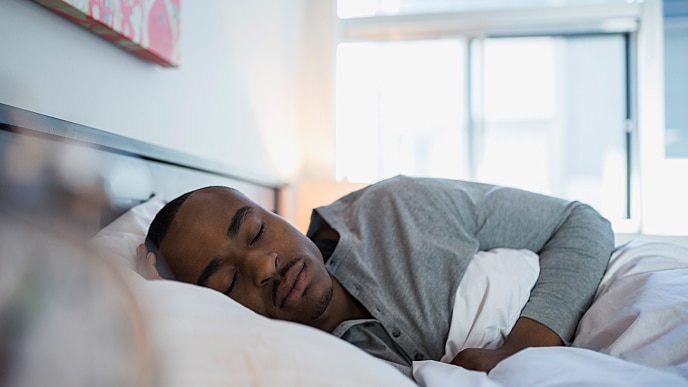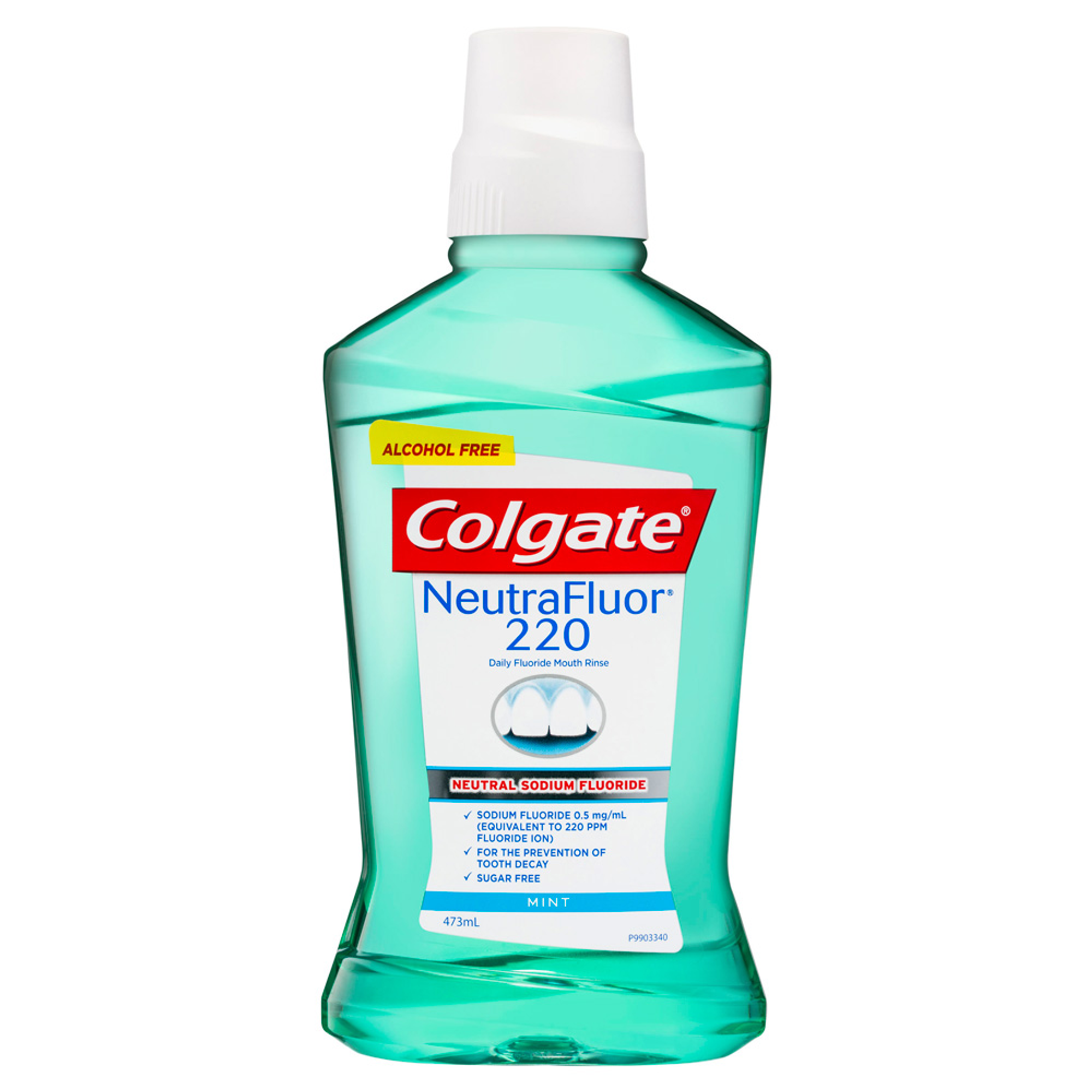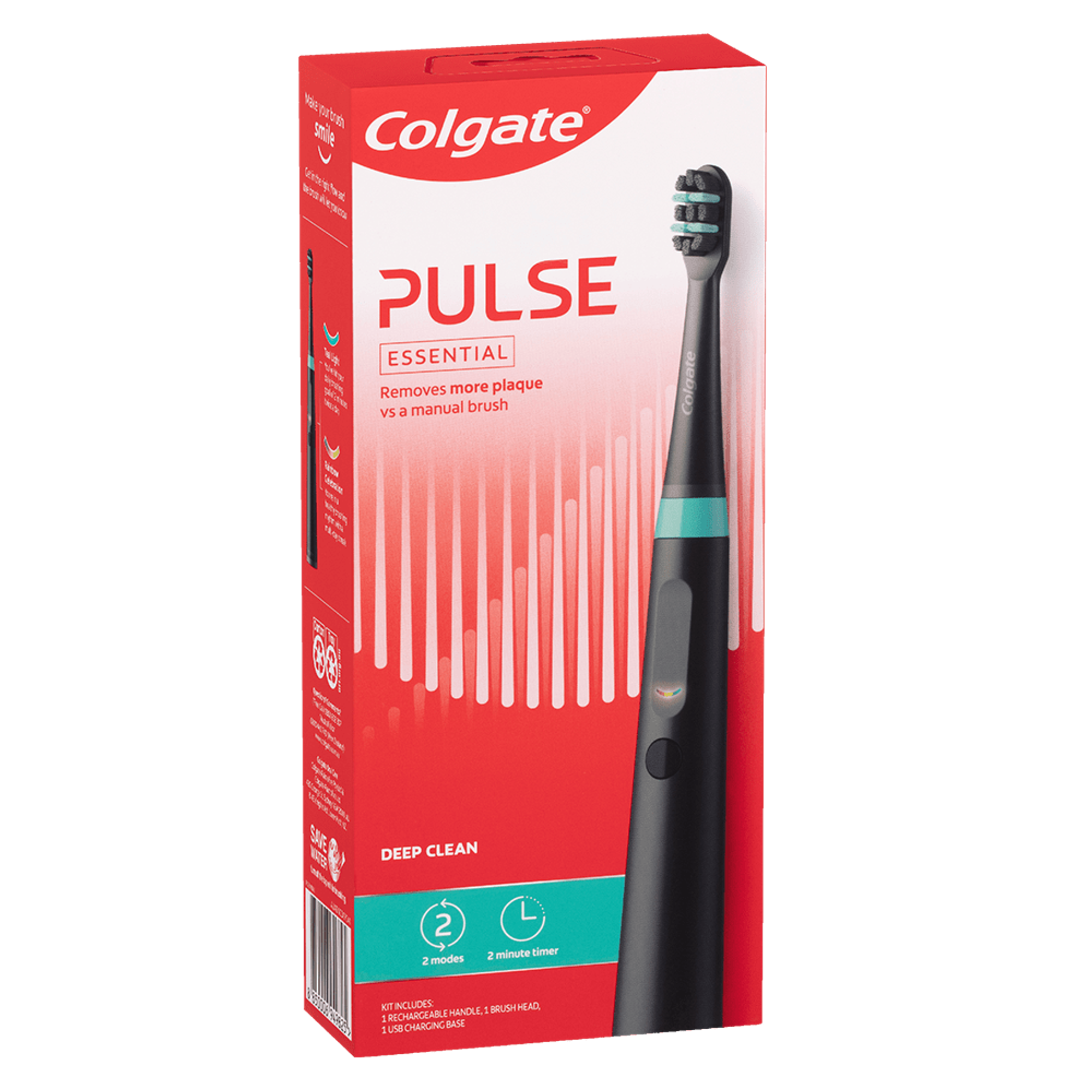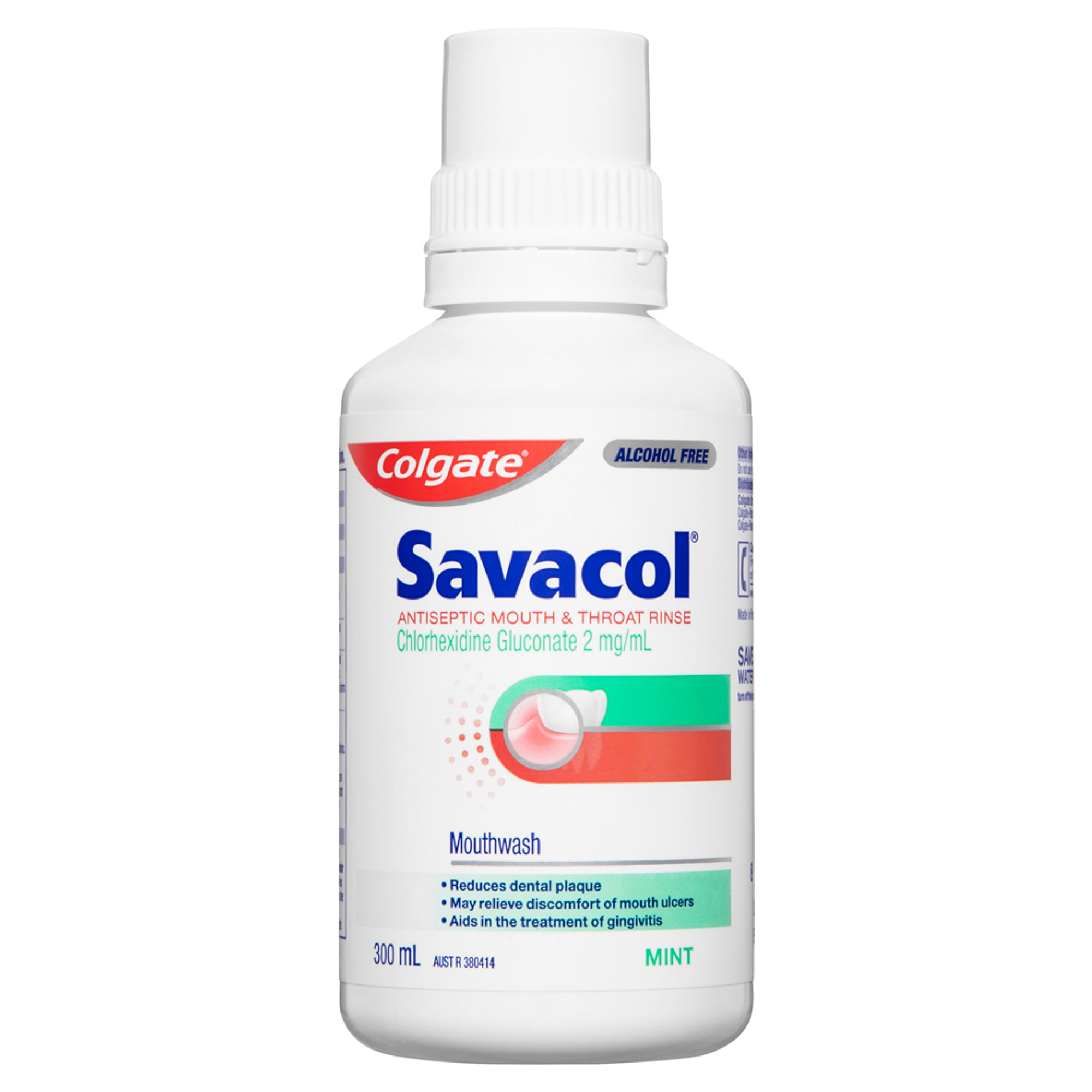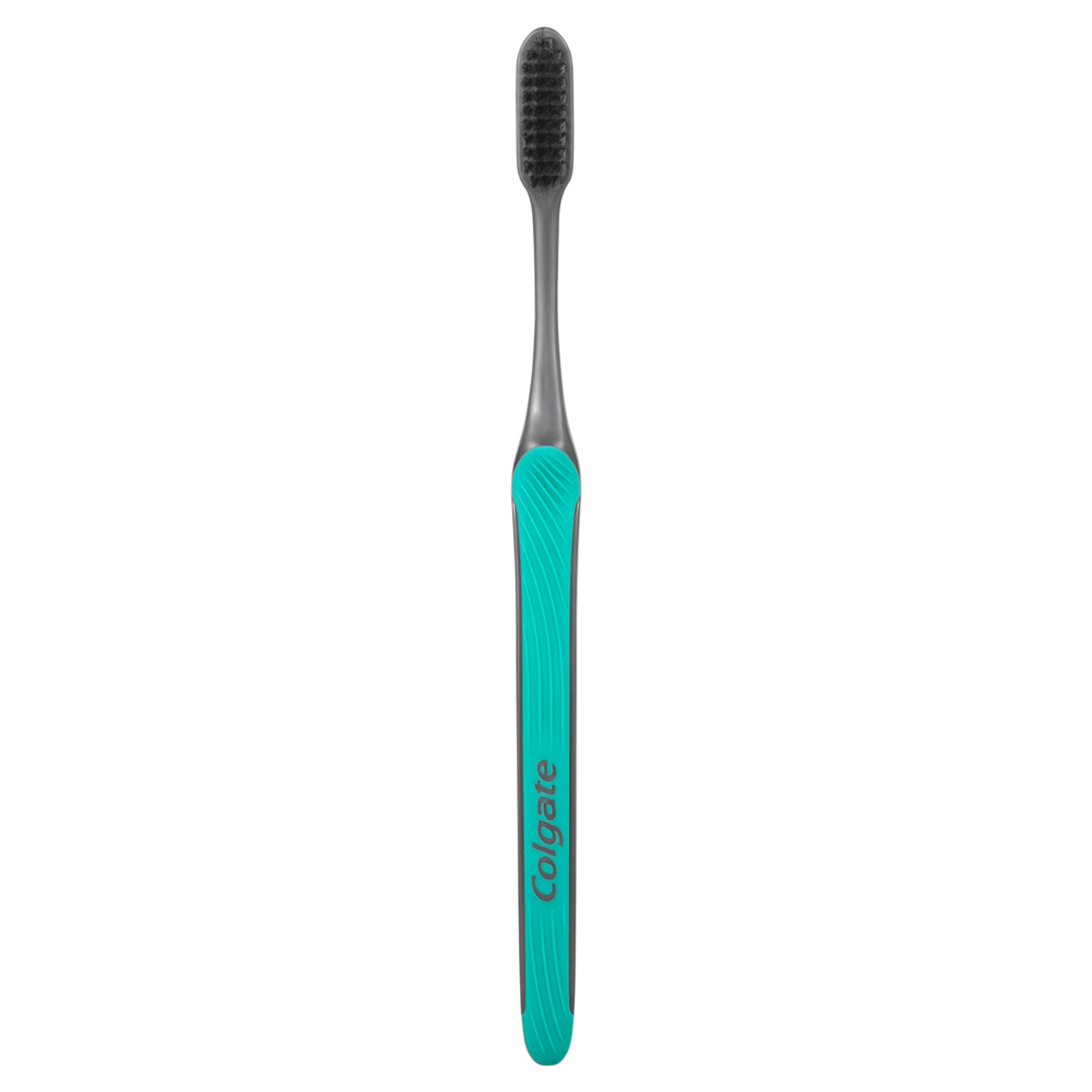1. Genetics
Sometimes, tooth colour runs in the family – just like your mum’s hair or the colour of your dad’s eyes. If one of your parents’ teeth are yellow, yours are likely to be a similar hue. (Thanks, Dad!) There are four basic shade ranges of natural teeth: reddish-brown, reddish-yellow, grey, and reddish-grey, and the depth of colour varies across a spectrum from light to dark.
2. Dentine
Teeth look yellower when the enamel is thin, allowing the dentine underneath to show through it. Dentine is a deep yellow to brownish material inside your teeth under the enamel. It’s often responsible for the yellow you see when you look in the mirror. Thick enamel covers up the dentine, but keep in mind, it doesn’t always block the stains that build up on the surface - which is another cause of yellow we’ll explain in a moment.
3. Wear
Teeth ultimately turn yellow as you get older, when the enamel wears away from chewing and after exposure to acids from food and drink. Most teeth turn yellow as the enamel thins with age, but some take on a greyish shade when mixed with a lasting food stains.
4. Smoking
Nicotine from smoking doesn’t just develop an unhealthy addiction; it leaves yellowish or brownish surface stains on your teeth, too. (That’s one more reason to kick this dangerous habit)
5. Foods
A wide range of foods stain teeth. Tomatoes in pasta sauce, curry spices and berries all contain pigments that cling to tooth enamel and stain this surface. Even a healthy salad with balsamic vinegar dressing can leave an unsightly colour on your teeth.
6. Drinks
Coffee and tea are two of the most common causes of stained teeth, but red and white wine are also to blame. Other culprits include dark and light soft and sports drinks with artificial flavouring.
7. One type of Antibiotic
Tetracycline antibiotics can stain teeth when they’re developing in the gums. This is why NPS MedicineWise states that pregnant mothers should avoid tetracycline antibiotics during the last half of pregnancy to protect their baby’s teeth. Similarly, children aged eight years or under should not take tetracycline to prevent staining in their developing teeth. If your teeth were discoloured due to these medications, you may benefit from an in-office bleaching treatment to help lighten the stain.
8. Fluorosis
Excess fluoride can occasionally cause pearly white, yellow or brownish-yellow spots on teeth called fluorosis. But before you spit out your fluoridated tap water, here’s an important reminder: fluoride is good for teeth – in the right amount. So keep drinking that tap water and using fluoride toothpaste. And, if there is no fluoride in your tap water, discuss this with your dental professional. They may recommend further supplementation, such as fluoride varnish or mouthwash.
Now, back to fluorosis. Better Health Channel says this is a harmless cosmetic condition caused by ingesting too much fluoride at an early age. It easy to avoid – simply brush your little ones’ teeth as recommended by your dental association or health department. And don't let children eat toothpaste – encourage them to ‘spit, not swallow’ instead.
9. Accidents
The impact of an accident or physical trauma can damage the tooth’s interior. This damage can lead to discolouration that may indicate bleeding that needs professional attention.
10. Grinding
Tooth grinding is an unconscious habit some people have when they’re stressed, especially while asleep. Also known as bruxism, it’s quite harmful to your tooth enamel; it weakens it to the point of cracking and yellowing. So if you find yourself gnashing your teeth, try to stop! And if that seems more difficult than you’d imagined, speak to your dentist to find a solution.
Oral Care Center articles are reviewed by an oral health medical professional. This information is for educational purposes only. This content is not intended to be a substitute for professional medical advice, diagnosis or treatment. Always seek the advice of your dentist, physician or other qualified healthcare provider.






